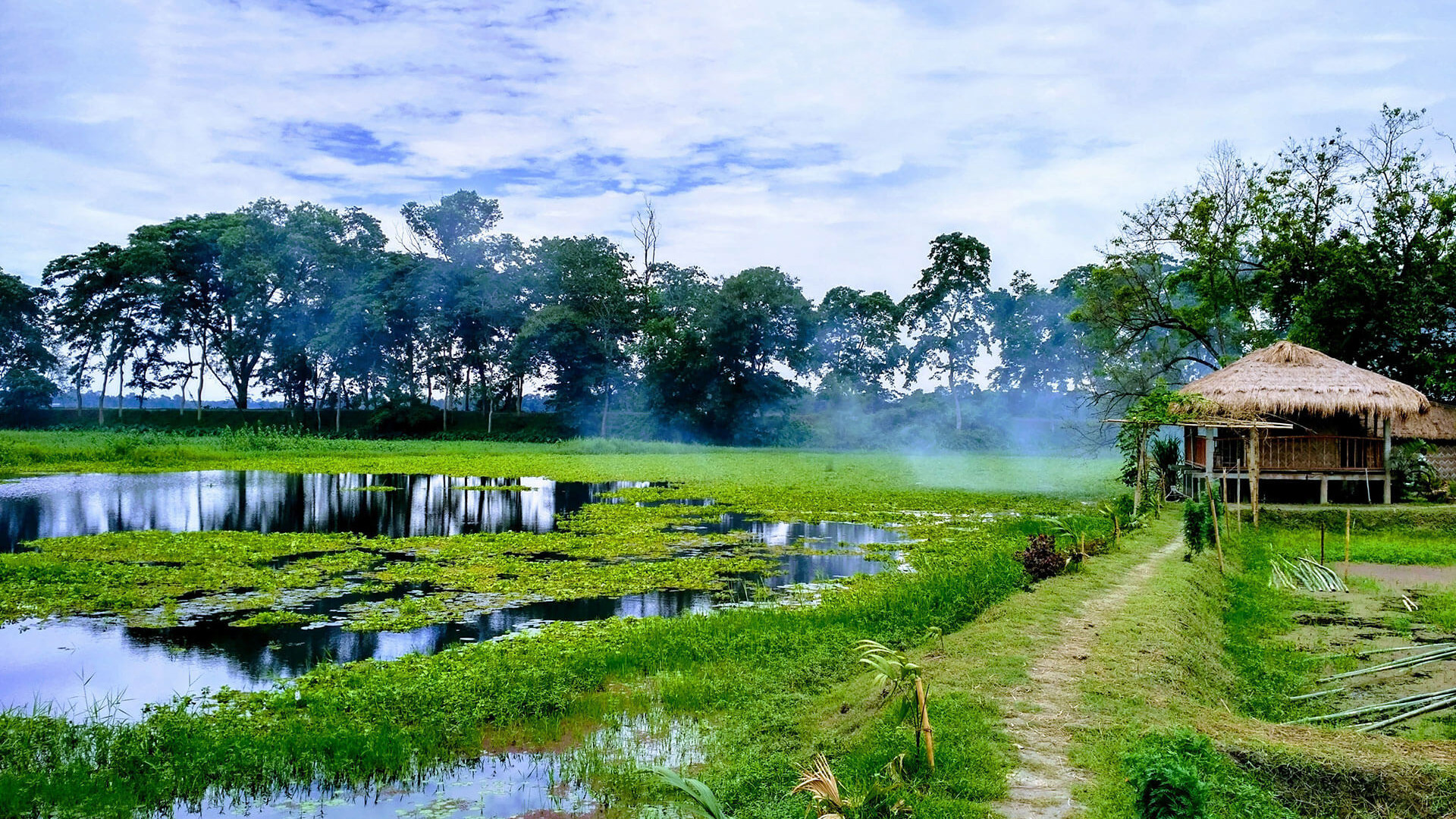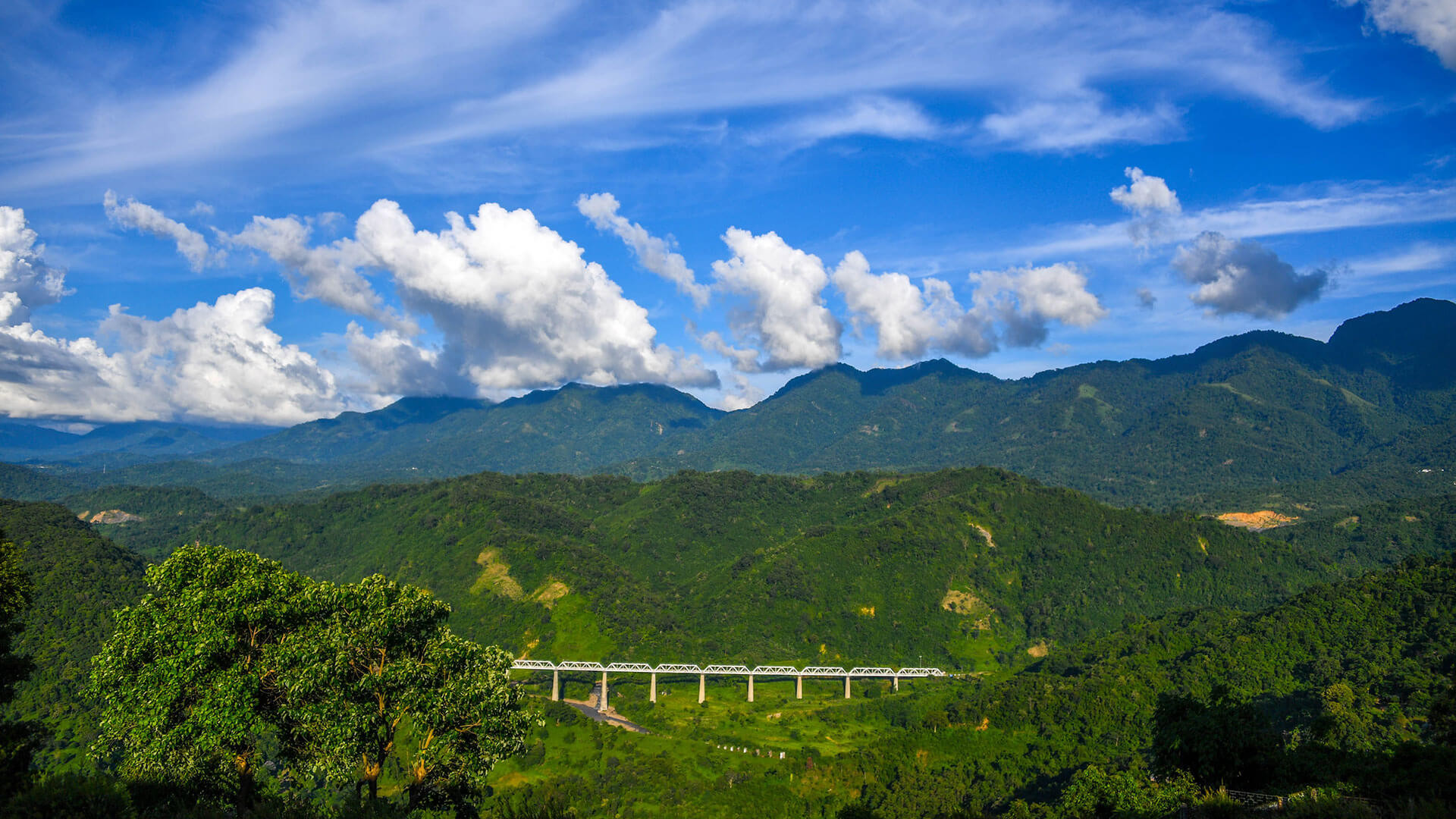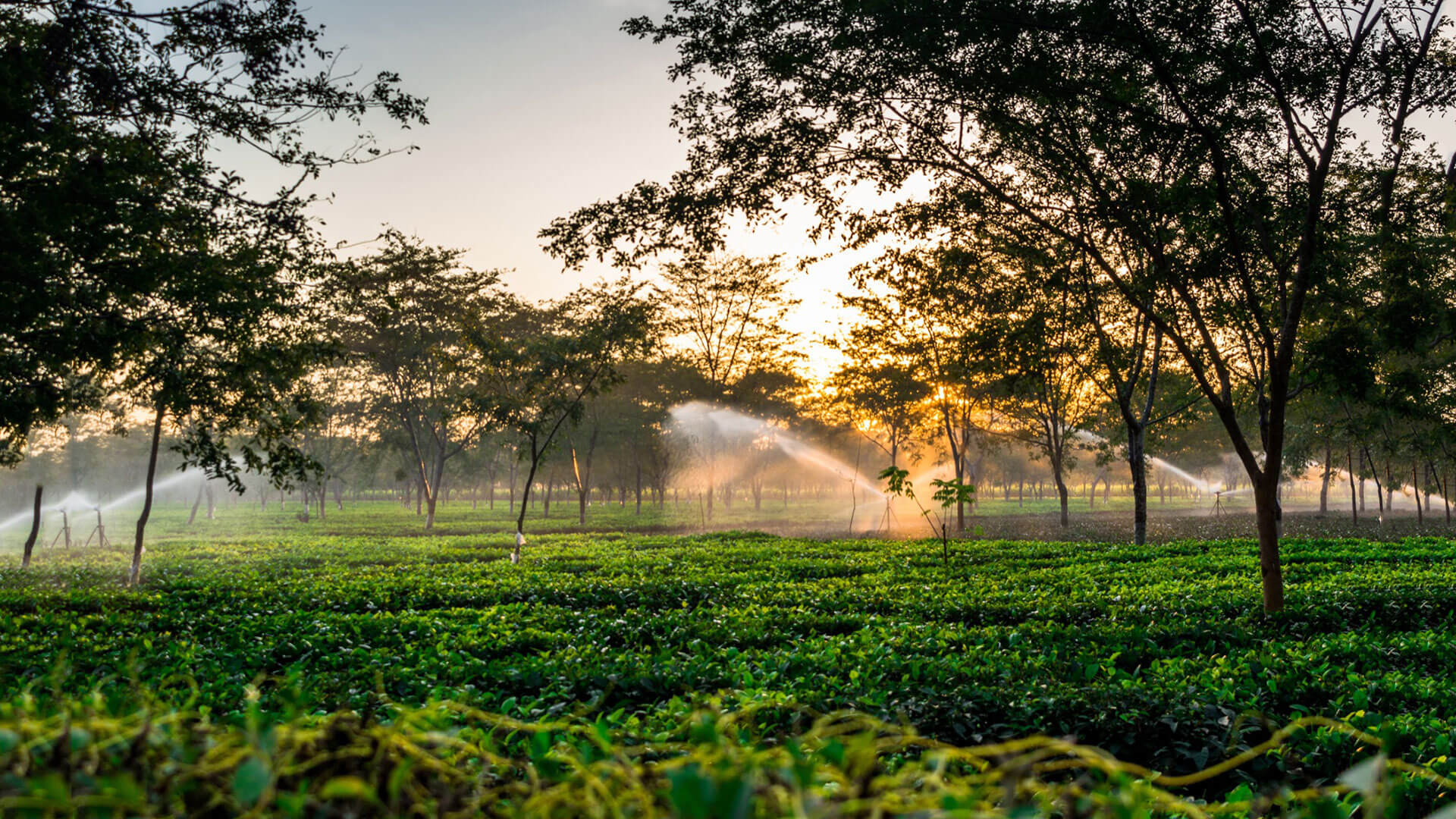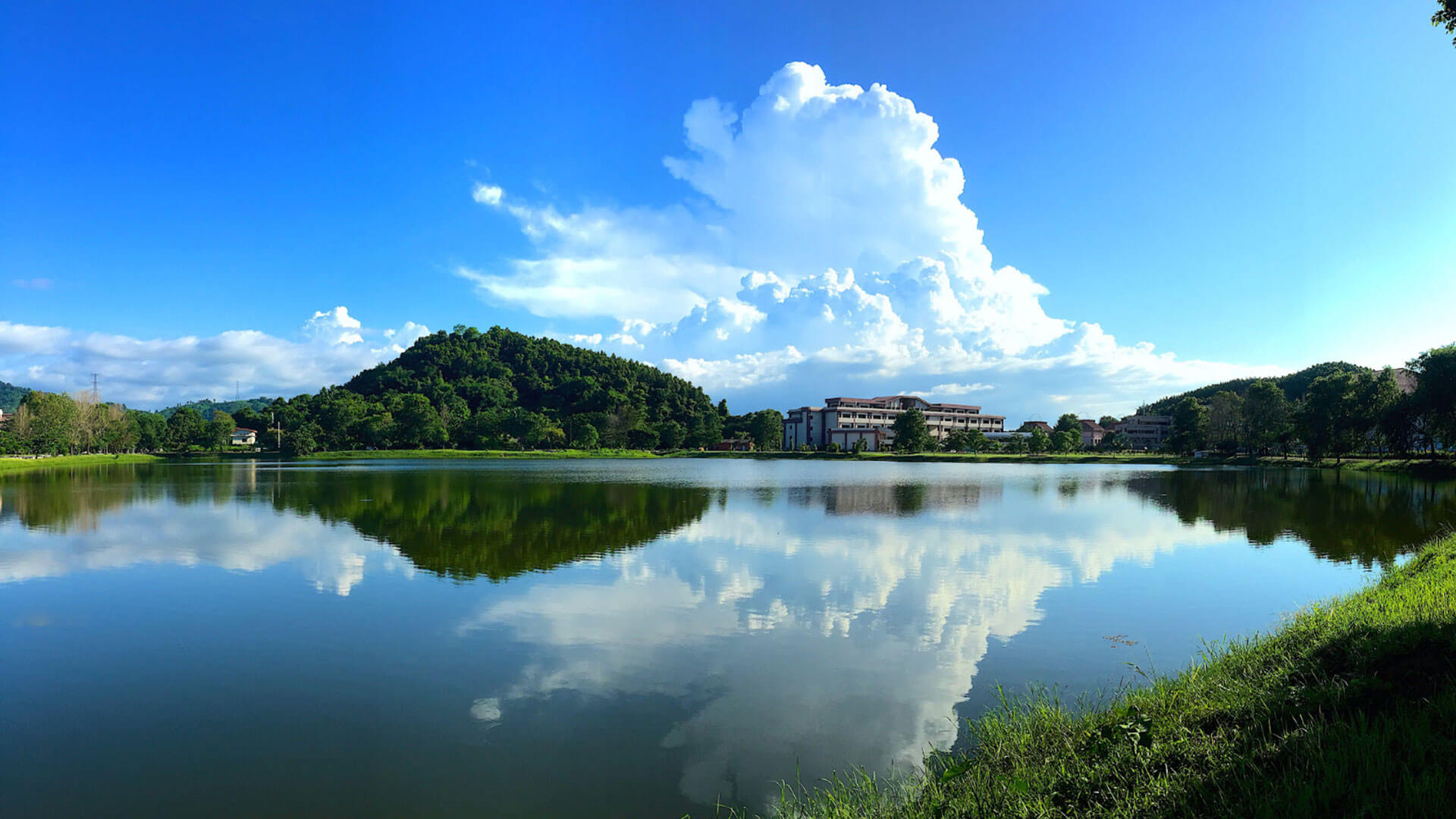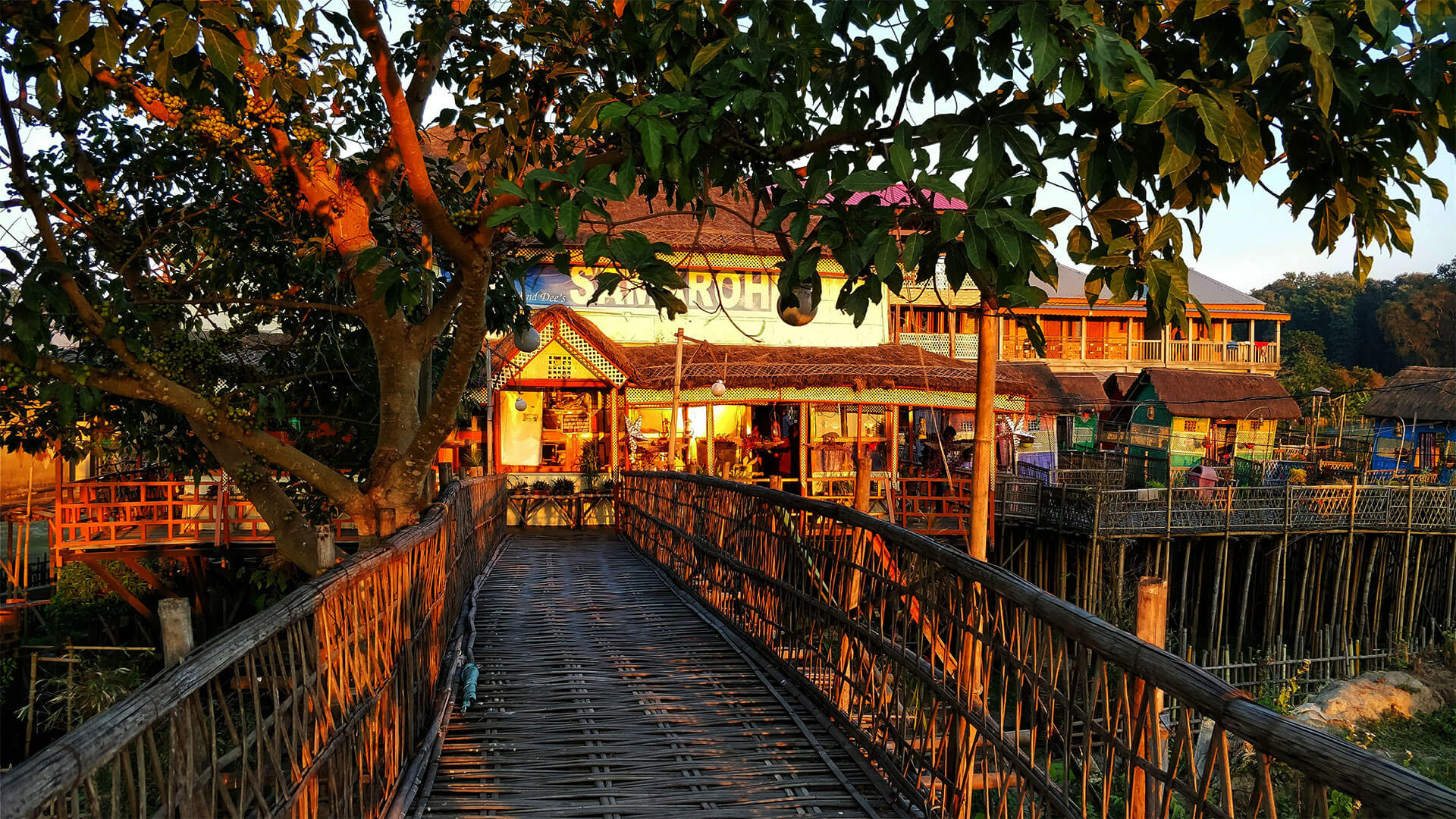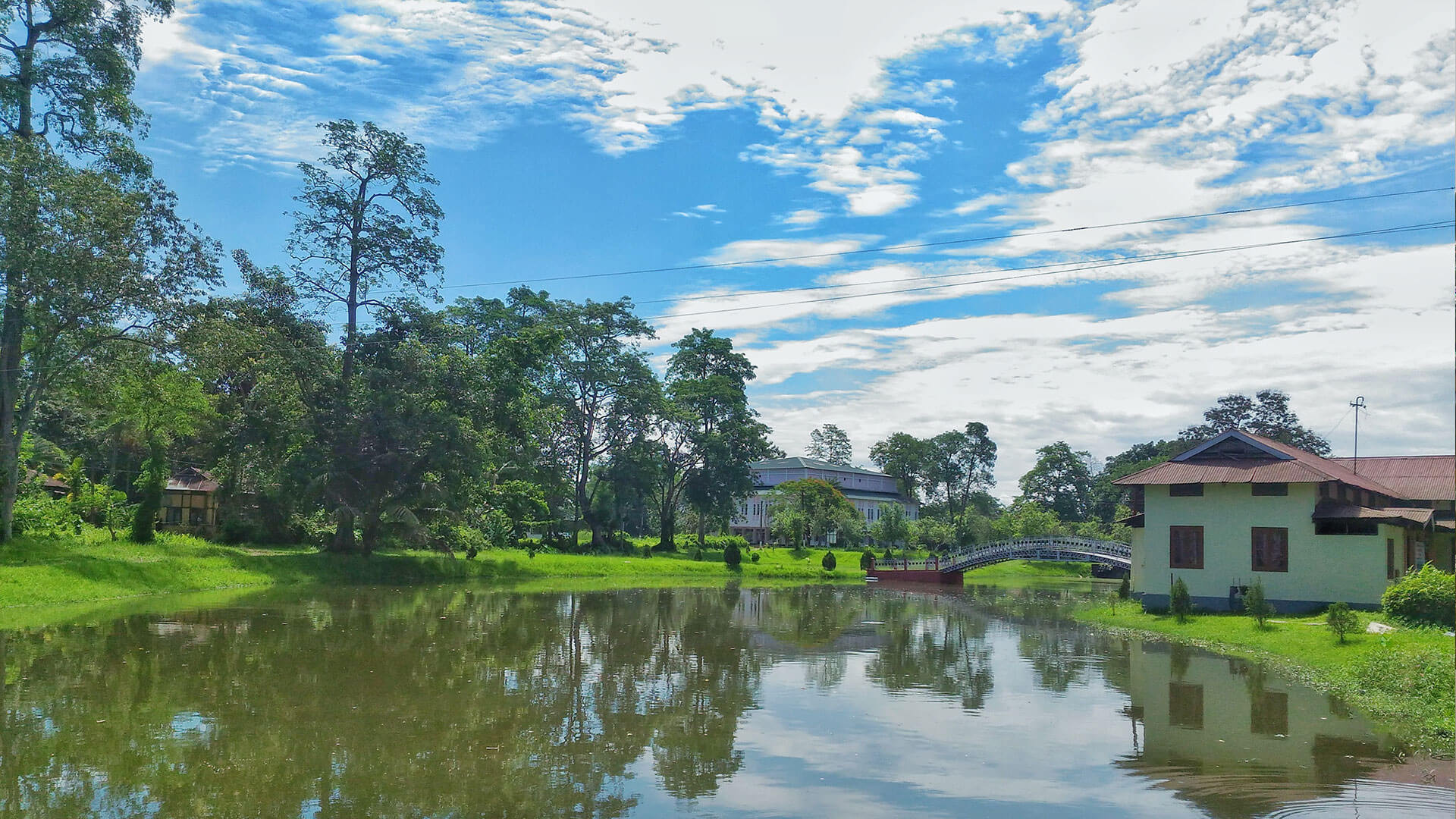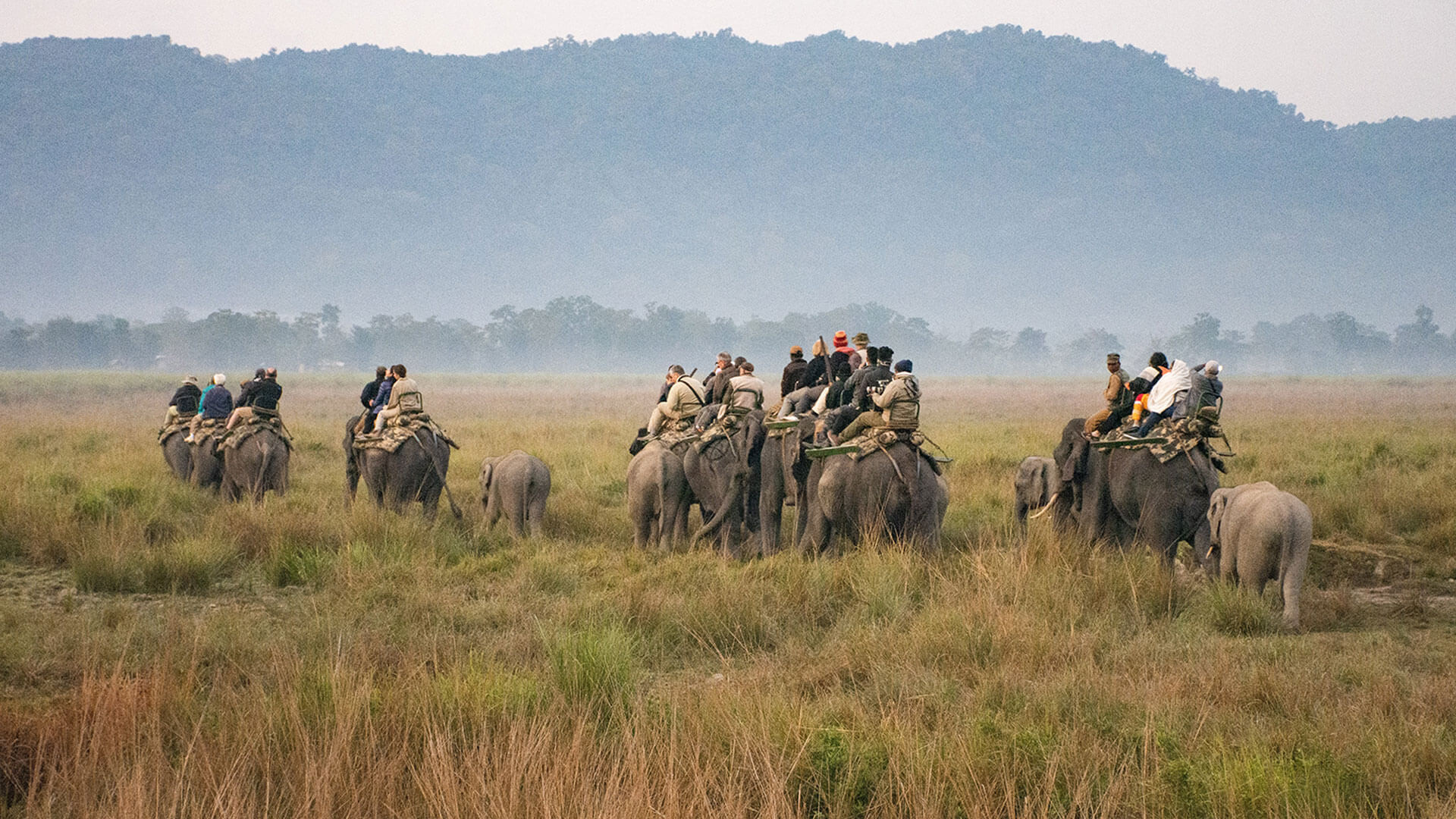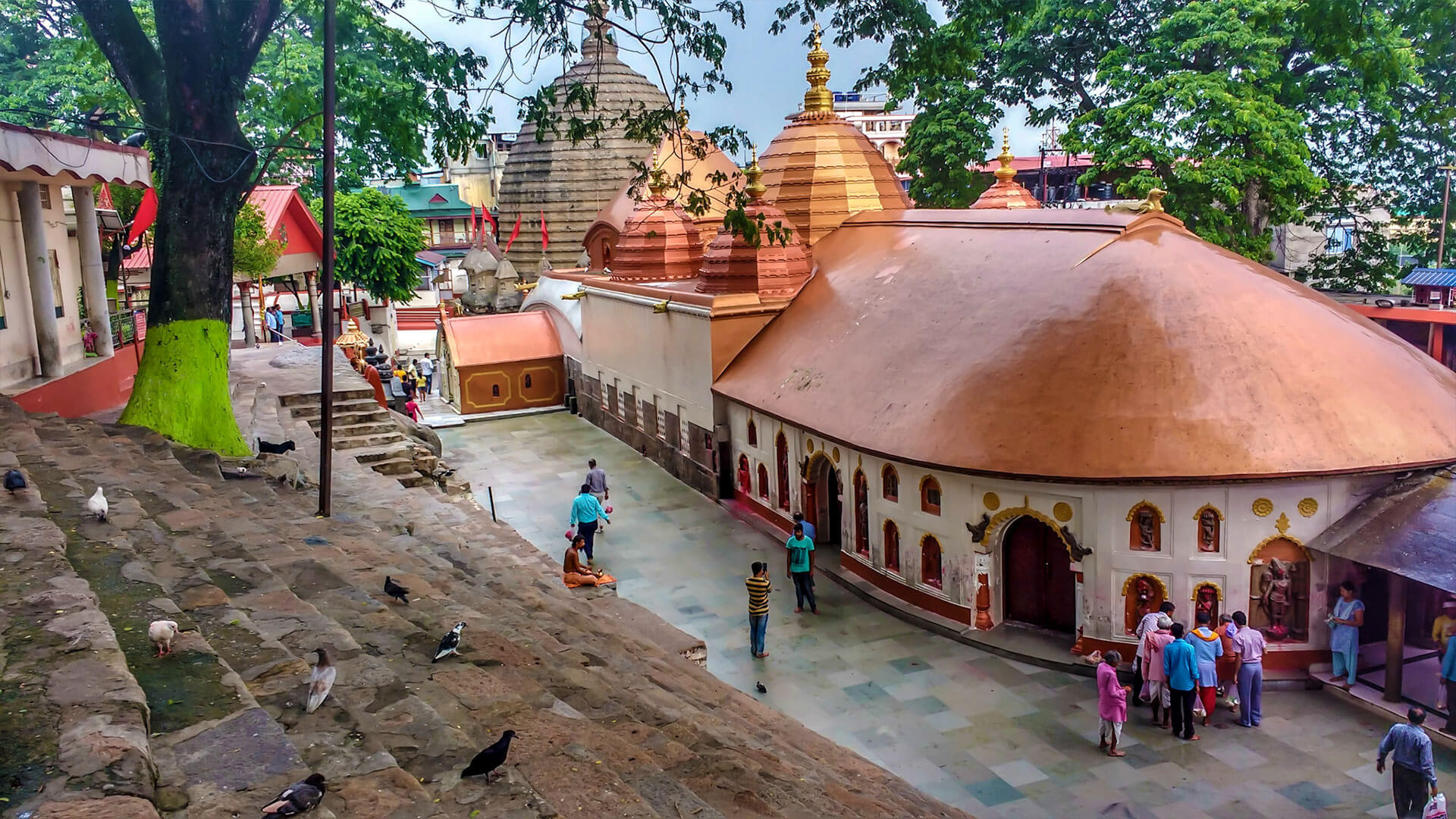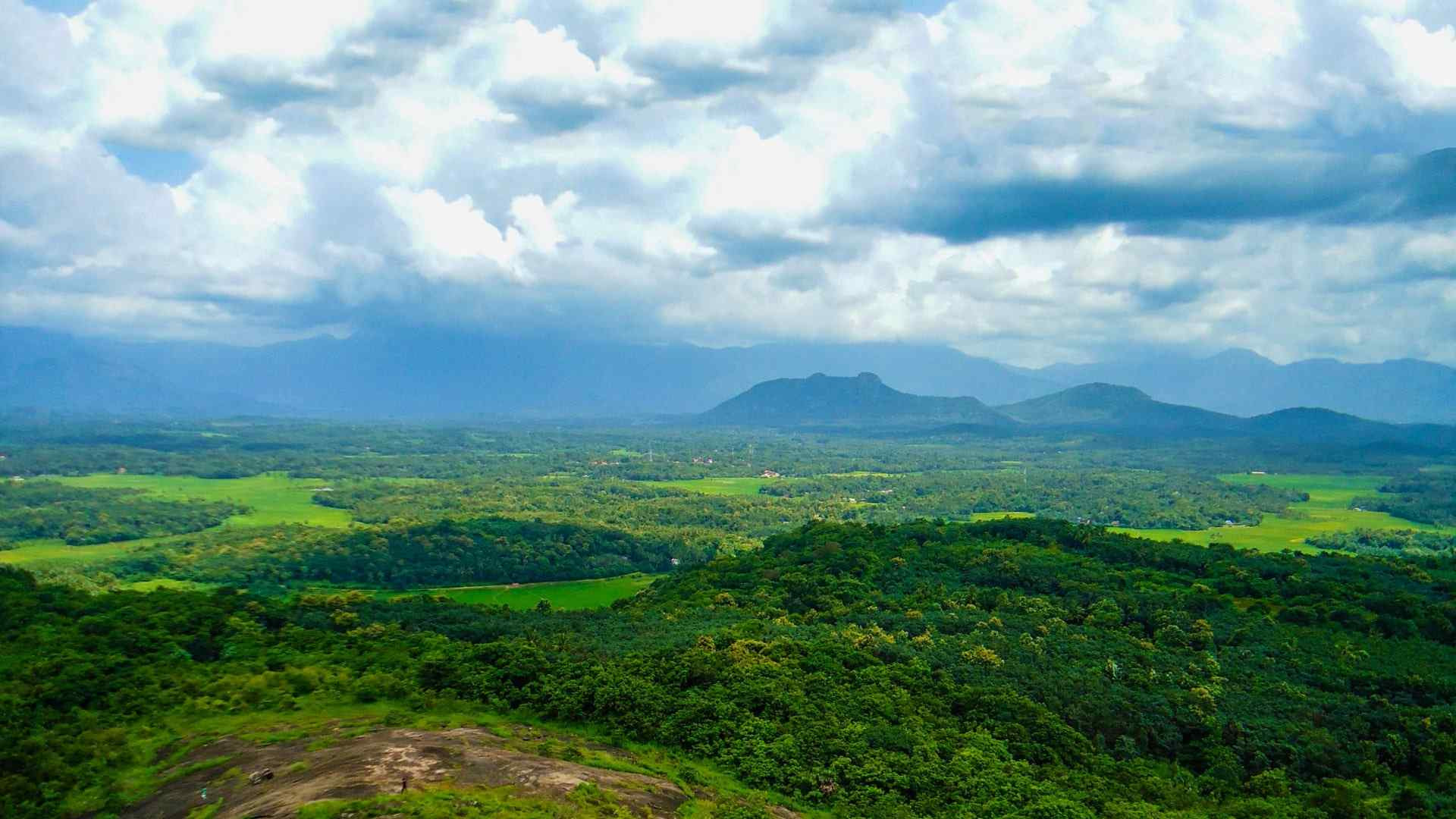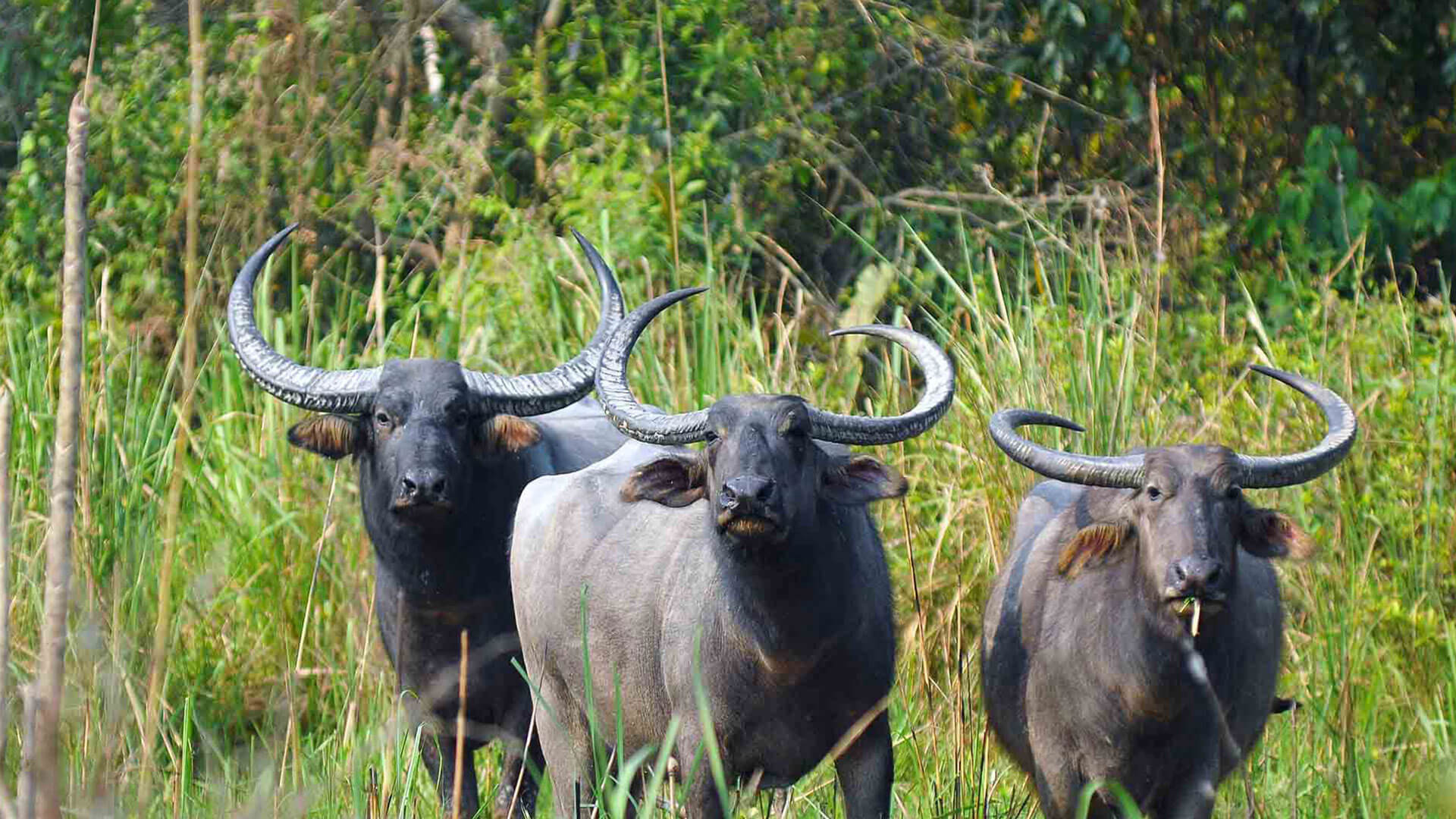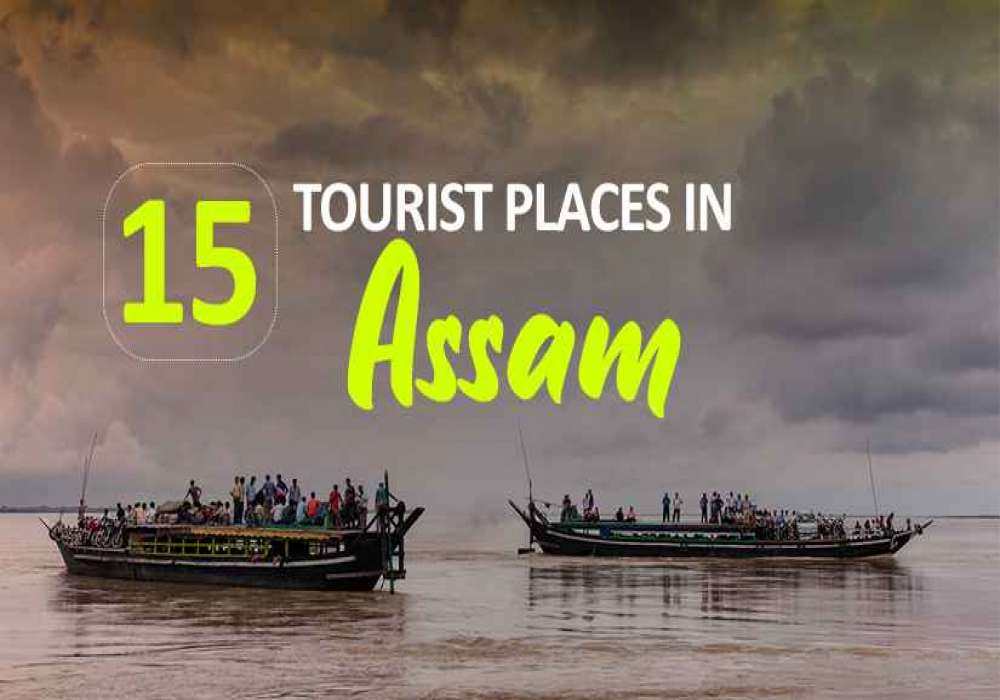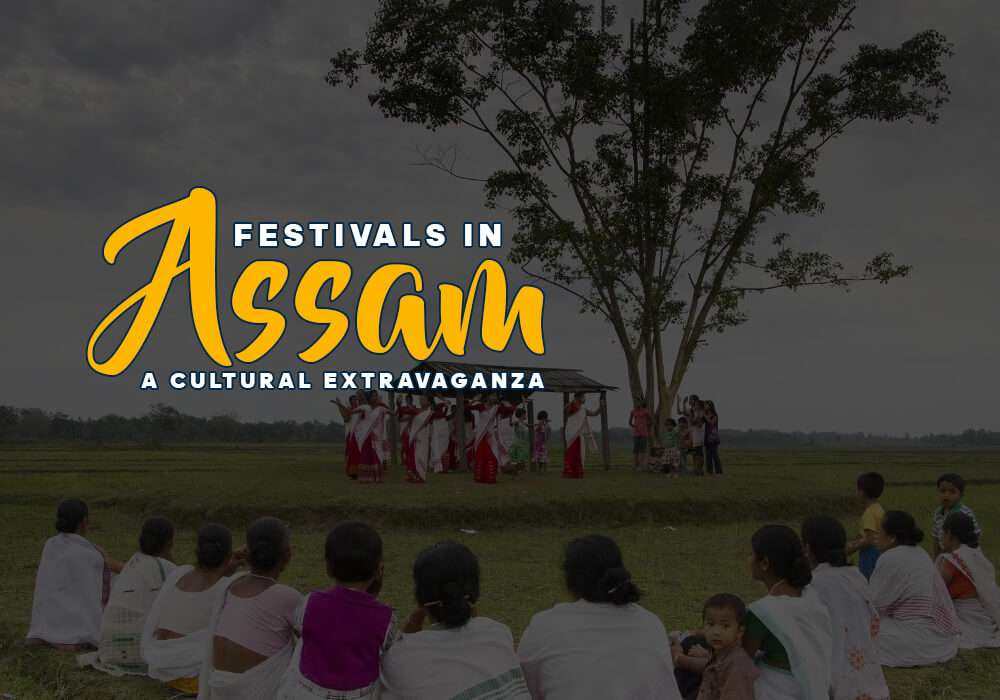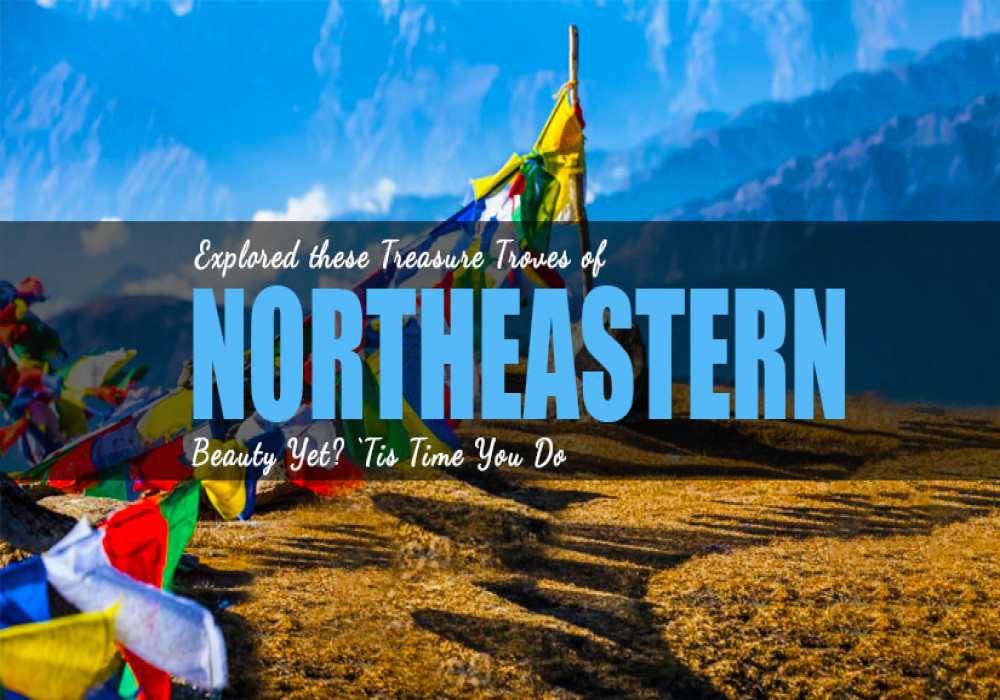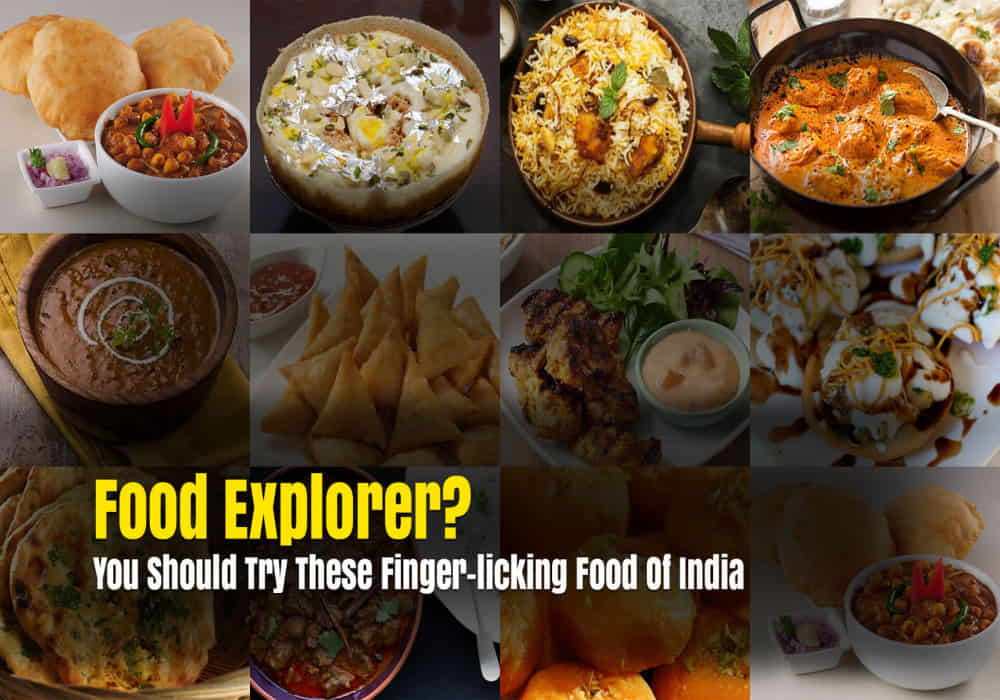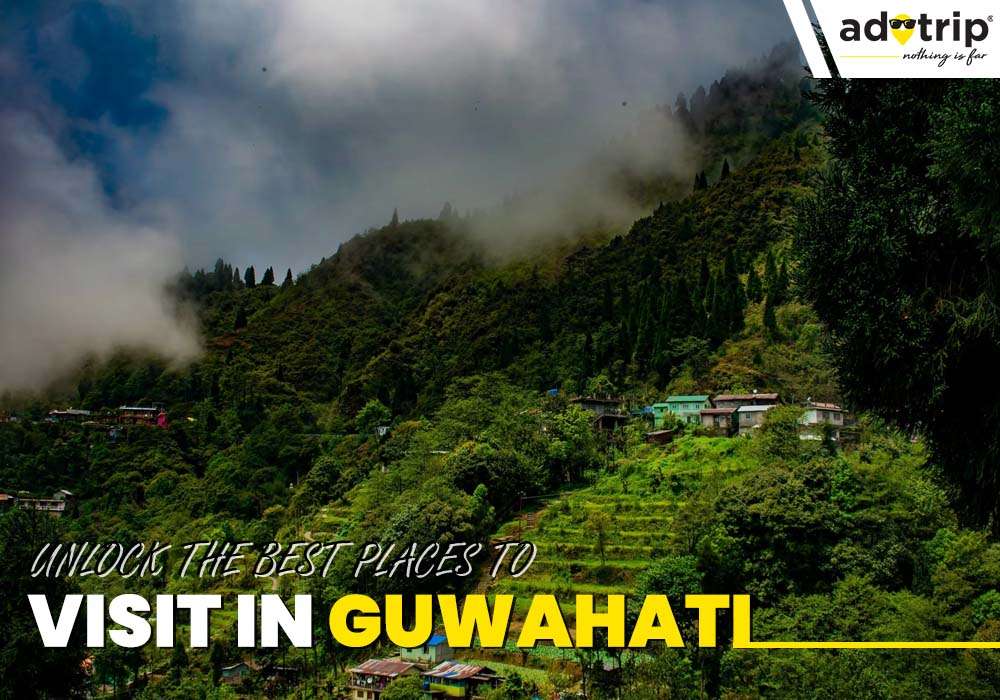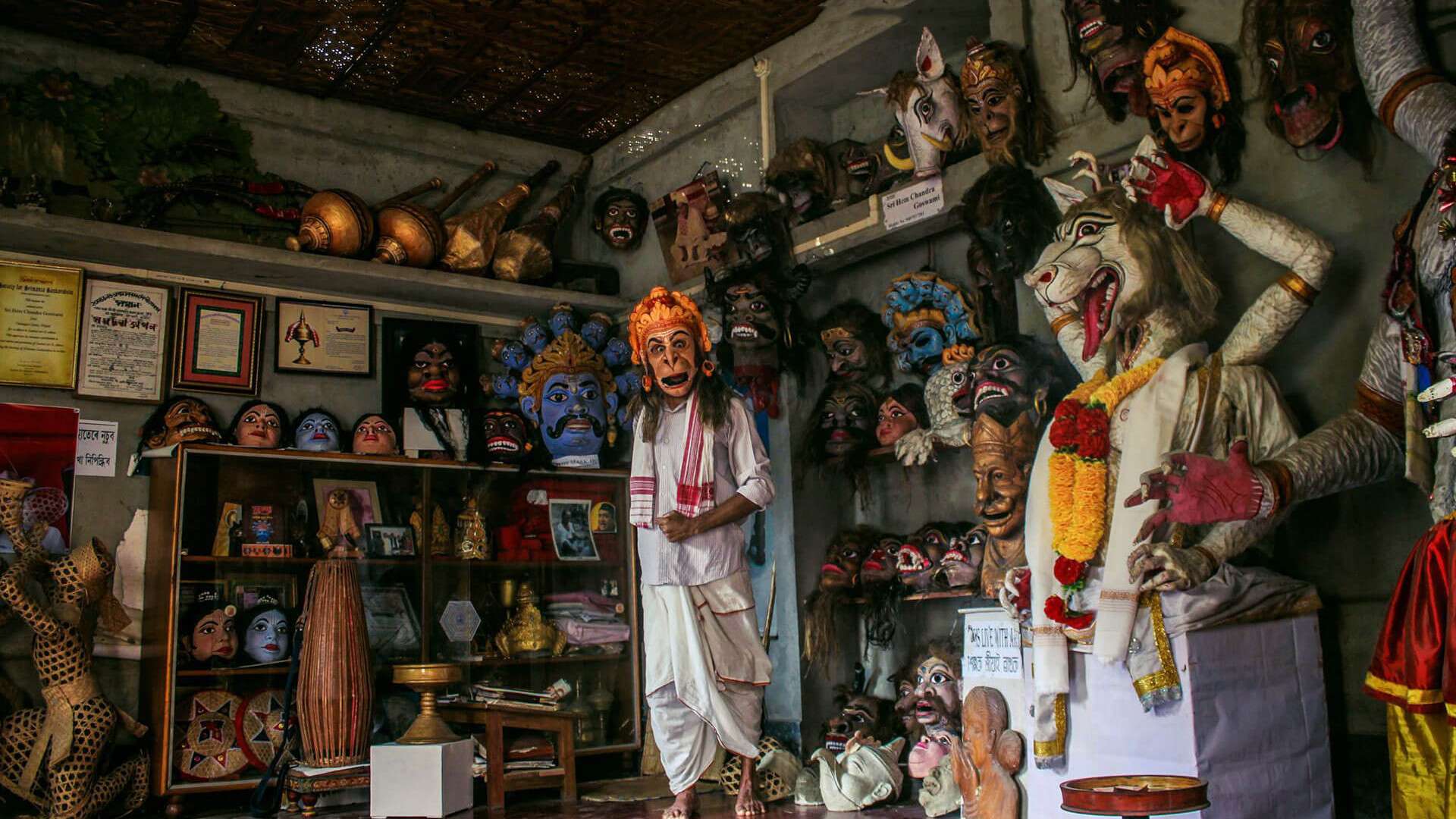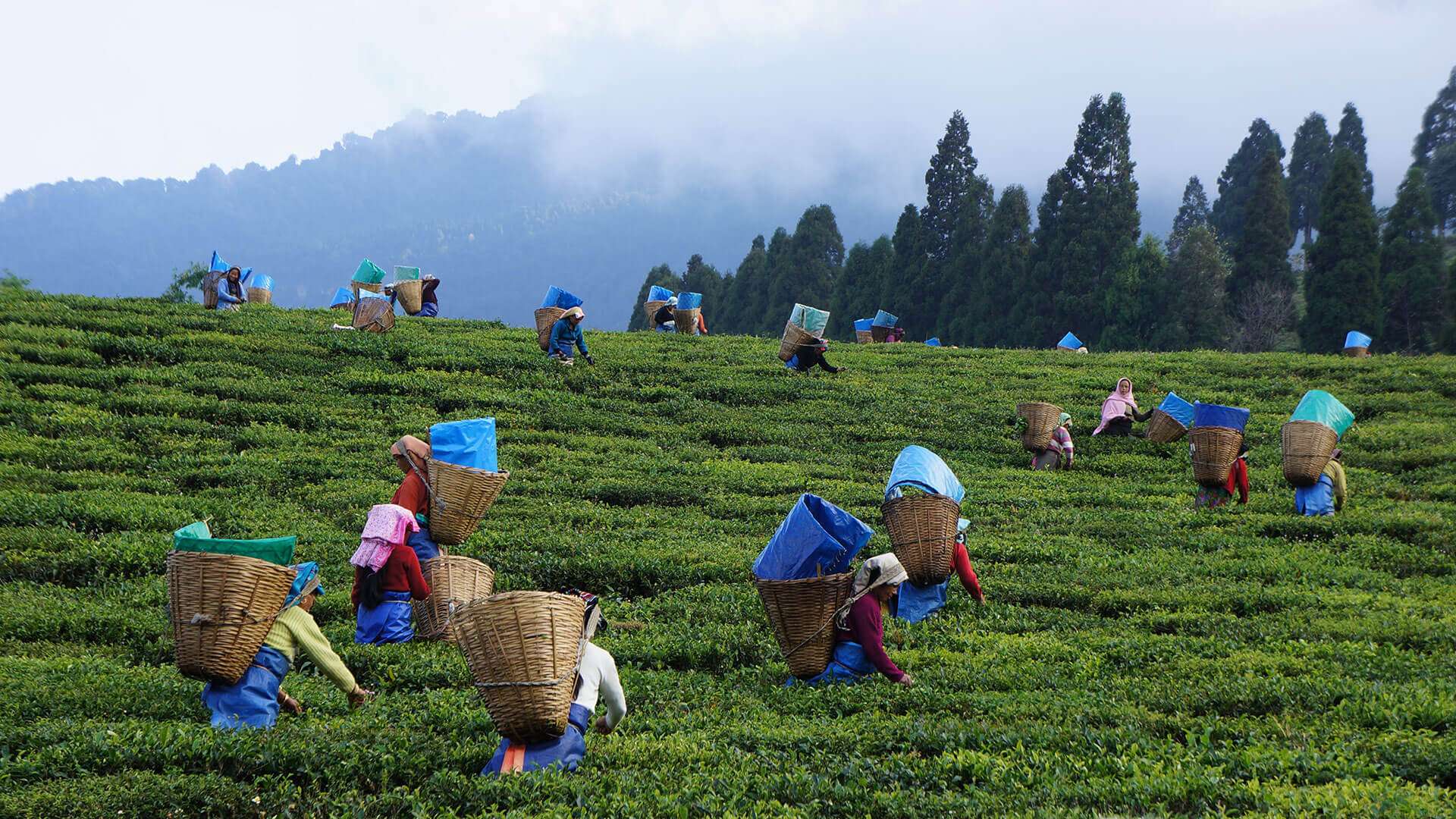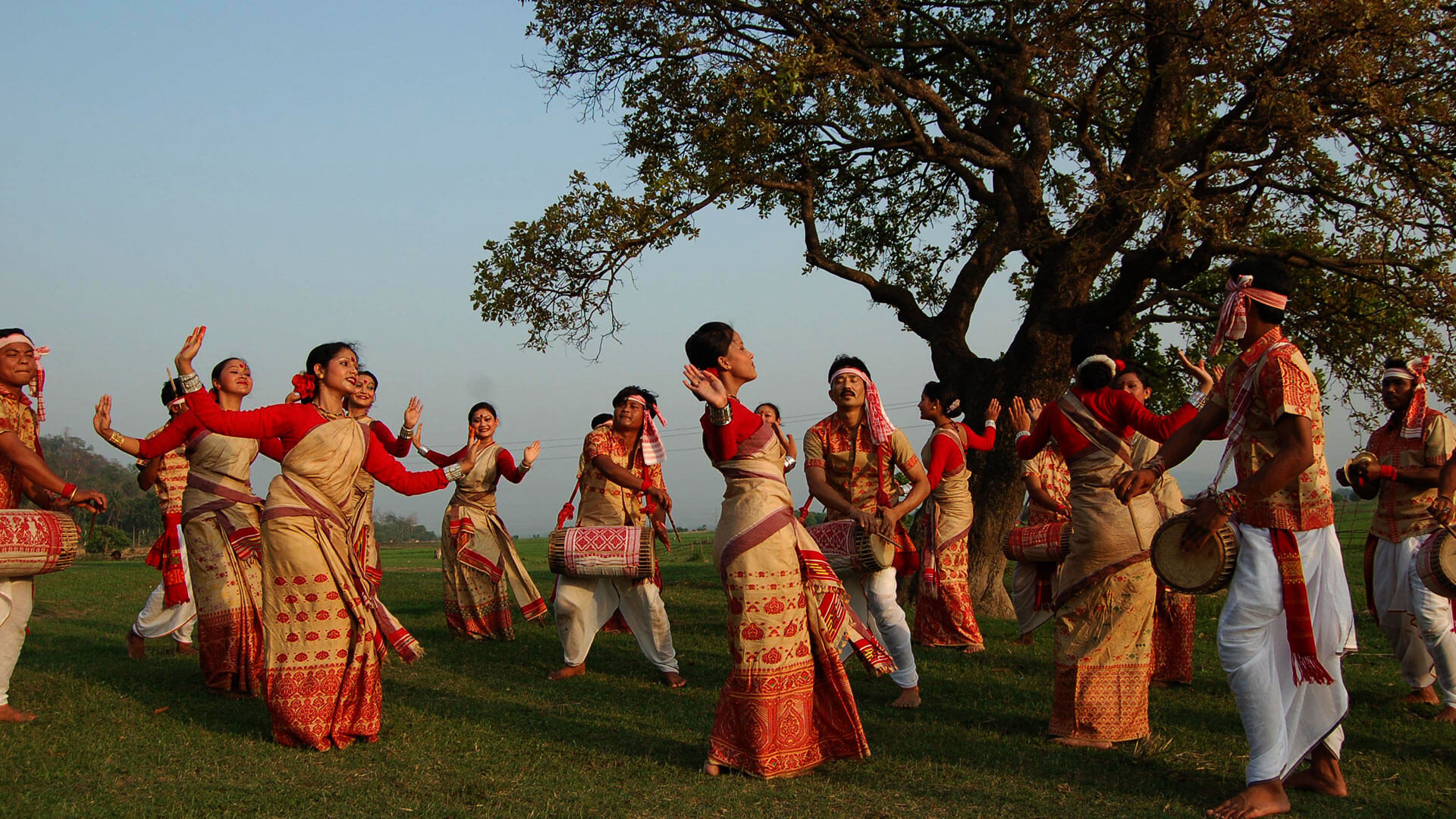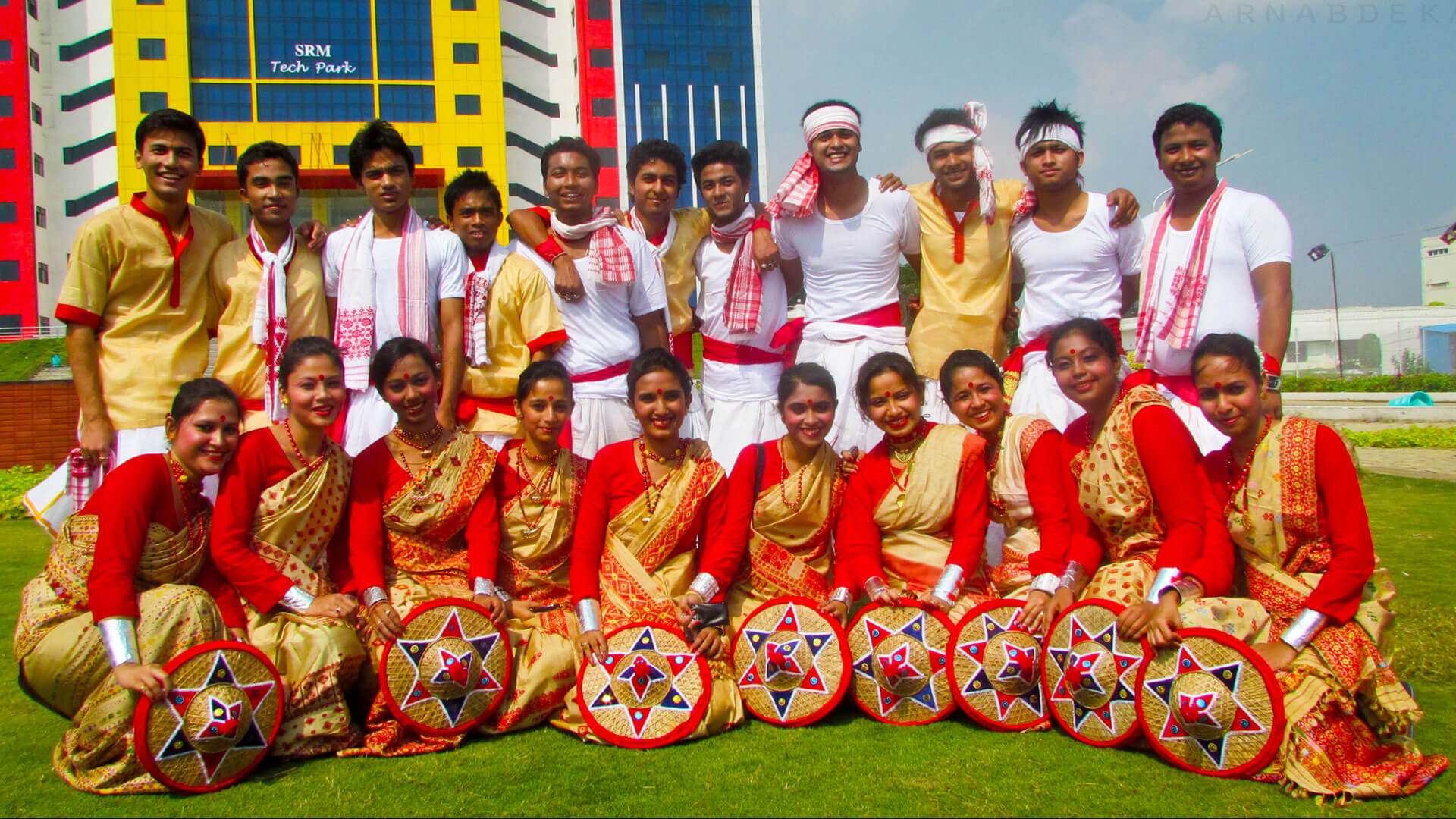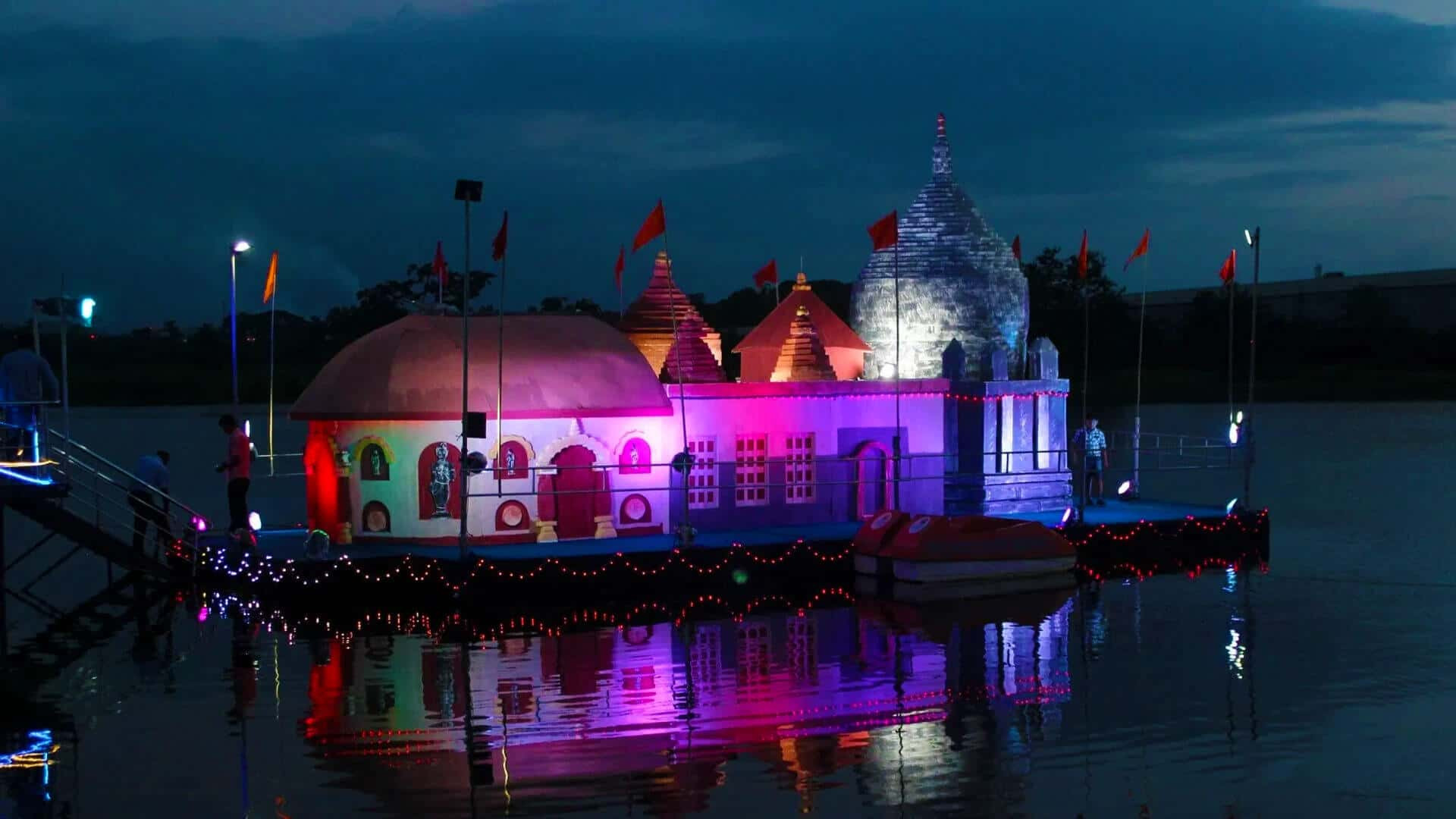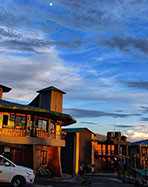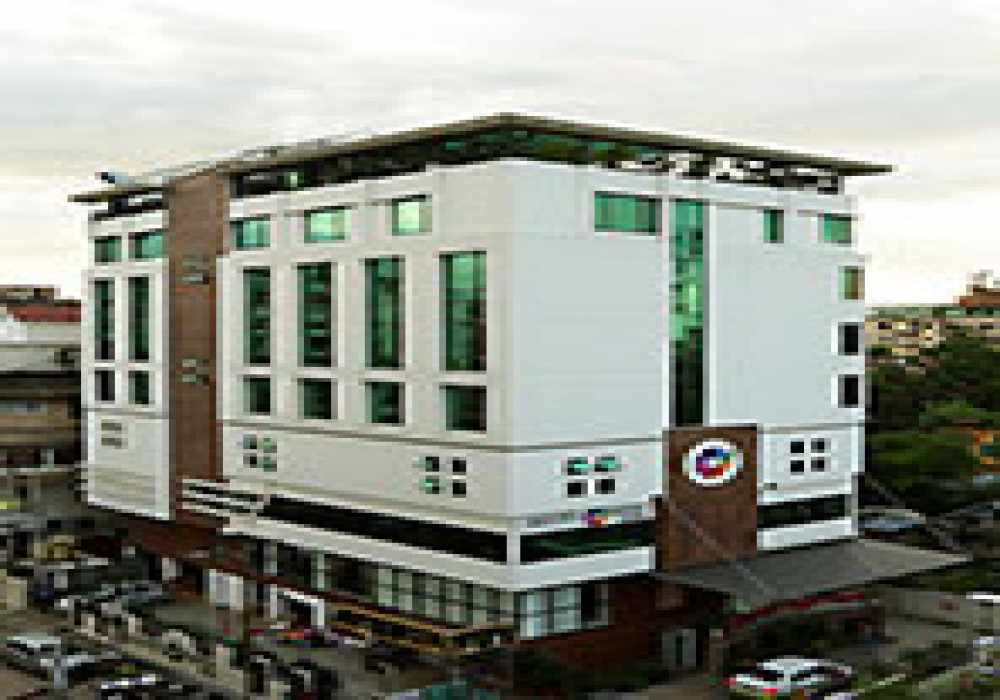Assam Tour Packages 2025
Cities in Assam
Best Destinations in Assam
Brimmed with natural beauty, the easternmost Sentinal, Assam state in India encloses lush tea plantation gardens, wild forests, and incredible archaeological sites. The hilltop Kamakhya temple, Peacock Island, silk bazaars, and the Brahmaputra river elevate the beauty of this state even more. The paradise of Earth sits in the footsteps of Brahmaputra valley where you will meet incredible surprises every new morning. Both in summer and winter, Assam will endow you with immense beauty of landscapes while unveiling the real colors of manmade as well as natural attractions of Assam. Witness the blooming orchids to allure your stay anytime between March to May. The best time to visit Assam is during the winter season (October to March) when tourists get a glimpse of the major harvest festival, Bihu. The capital city is Dispur that is a prominent landmark of the state.
Historical Significance of Assam
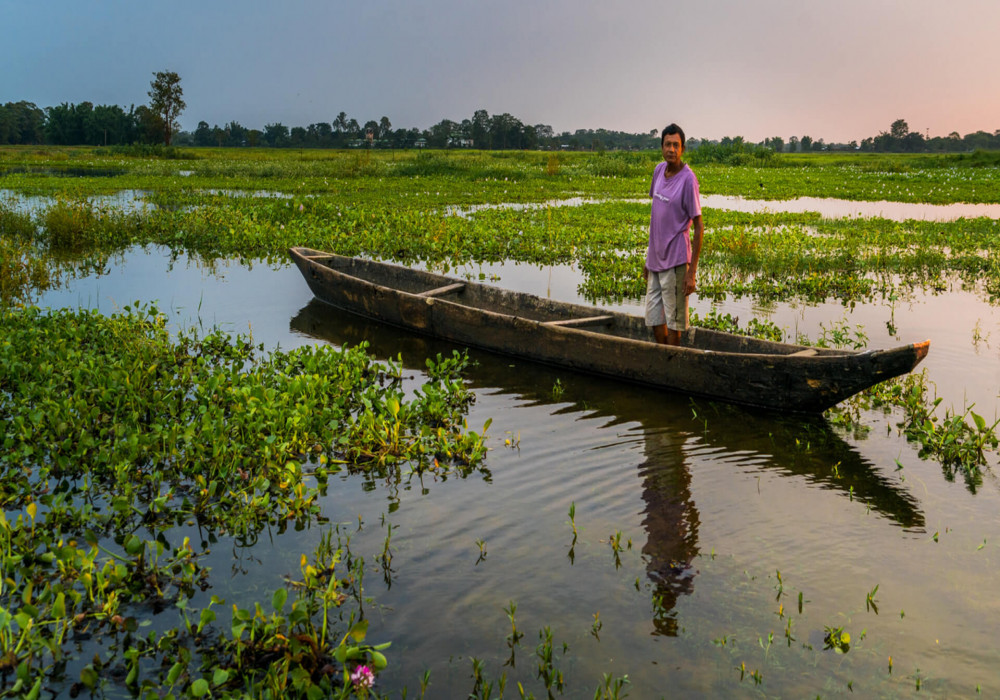
Assam’s history is as vibrant as its landscapes. Ancient texts refer to it as Pragjyotishpur, meaning “City of Eastern Light.” The powerful Ahom Dynasty ruled here for six centuries, resisting multiple Mughal invasions. The region later became a crucial center during British rule, thanks to its lucrative tea plantations.
From the mystic Kamakhya Temple to the battlefields of Saraighat, Assam has witnessed history unfold in remarkable ways. Today, its heritage is preserved in its architecture, museums, and traditions that continue to thrive.
Culture and Traditions – A Land of Festivals
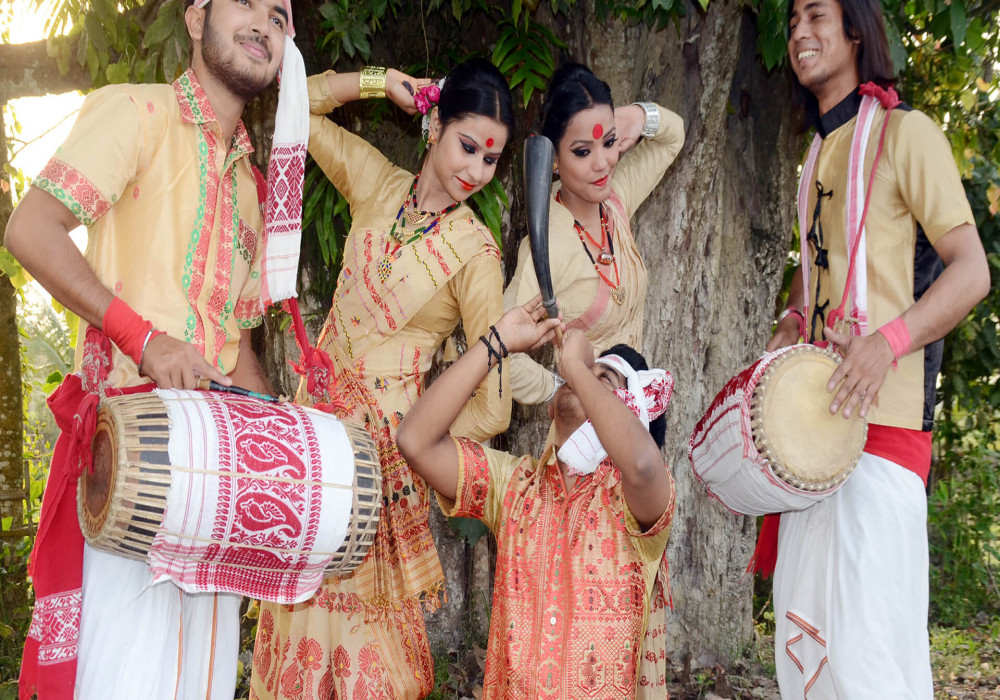
Assam’s culture is a colorful mosaic of traditions, music, and festivals. The famous Bihu festival brings the entire state together with dance, feasts, and celebrations.
Assamese cuisine is a delight, known for its flavorsome dishes like Masor Tenga (sour fish curry) and Pithas (sweet rice cakes). Traditional silk weaving is another pride of Assam, with the exquisite Muga silk being a favorite worldwide.
Read More: Places To Visit In Assam
Climate in Assam
Assam enjoys a pleasant climate throughout the year. Winters (October to March) are cool and perfect for sightseeing. Summers (April to June) are warm but bearable, while monsoons (July to September) turn the entire landscape into a lush green paradise.
For those who love adventure, winter is ideal for exploring wildlife parks, while monsoons bring out Assam’s enchanting waterfalls and flowing rivers.
Highland Retreats in Assam – A Scenic Escape
For mountain lovers, Assam is a hidden treasure:
- Haflong – The only hill station in Assam, surrounded by misty hills and lush valleys.
- Jatinga – Known for its mysterious bird phenomenon and enchanting landscape.
- Maibong – A historical retreat with ancient ruins and breathtaking views.
- Umrangso – A picturesque spot nestled in the North Cachar Hills, perfect for a peaceful getaway.
- Sonai Rupai Wildlife Sanctuary – A lesser-explored paradise offering unspoiled nature and diverse wildlife.
Romantic Hideaways – Best Honeymoon Destinations in Assam
Assam’s charm lies in its blend of romance, nature, and culture:
- Majuli – The world’s largest river island, where love flows as gently as the Brahmaputra.
- Manas National Park – A dreamy retreat where couples can explore nature and wildlife together.
- Bogamati – A scenic picnic destination by the Bhutan border, perfect for quiet moments.
- Sualkuchi – The silk capital of Assam, where traditional handwoven fabrics add a touch of elegance to your journey.
Top Tourist Places in Assam
1. Kaziranga National Park – The Home of the Wild
Spot the iconic one-horned rhinoceros in this UNESCO World Heritage Site. The park is also home to tigers, elephants, and exotic birds.
2. Majuli – The World’s Largest River Island
A serene getaway, Majuli is a cultural treasure trove with ancient monasteries and vibrant Satras (Vaishnavite monasteries).
3. Kamakhya Temple – The Sacred Wonder
A must-visit pilgrimage site, this temple dedicated to Goddess Kamakhya is shrouded in myths and spiritual significance.
4. Tea Gardens of Assam – A Green Paradise
Take a stroll through the lush tea estates of Jorhat and Dibrugarh. Experience the rich aroma of Assam tea at its source.
5. Sivasagar – The Royal Legacy
Once the capital of the Ahom kingdom, this town boasts stunning palaces, temples, and historical monuments.
6. Manas National Park – A UNESCO Delight
A haven for wildlife lovers, this park is known for its diverse fauna and breathtaking landscapes.
7. Haflong – The Scotland of Assam
With rolling hills and tranquil lakes, Haflong is perfect for a peaceful retreat.
Top Free Things to Do in Assam
Traveling through Assam doesn’t have to be expensive. Some of the best experiences here don’t cost a thing:
- Walk Through Majuli’s Satras – Explore the cultural and spiritual heritage of the world’s largest river island, where ancient monasteries preserve Assam’s vibrant traditions.
- Witness the Sunset Over the Brahmaputra – Head to Umananda Ghat or Sukreswar Ghat in Guwahati and watch the sky turn into a canvas of colors.
- Explore the Lush Tea Gardens of Jorhat – Stroll through emerald-green tea estates, inhale the fresh aroma, and watch tea pluckers at work.
- Attend a Local Bihu Dance Performance – If you’re visiting during festival season, catch an open-air performance of Assam’s most energetic dance form.
- Visit the Silk Weaving Villages of Sualkuchi – Witness skilled artisans weaving Assam’s famous golden Muga silk by hand.
- Trek to the Hills of Haflong – Take in panoramic views of the only hill station in Assam without spending a dime.
- Explore the Ruins of Madan Kamdev – Uncover the mystery of this ancient temple complex, often called the ‘Khajuraho of Assam.’
- Wander Through the Balipara Reserve Forest – A paradise for birdwatchers and nature lovers, this forest offers stunning landscapes and diverse wildlife.
Why Visit Assam?
Breathtaking Landscapes – Hills, rivers, and endless greenery.
- Rich Heritage – Ancient temples and Ahom-era marvels.
- Thrilling Wildlife – Home to the endangered one-horned rhino.
- Mouthwatering Cuisine – Unique flavors that leave you craving more.
- Warm Hospitality – The people of Assam make you feel at home.
When to Visit Assam
The ideal time to visit Assam is from October to April. The weather is pleasant, making it perfect for sightseeing and wildlife adventures. The Bihu celebrations in April offer a cultural experience like no other!
How to Reach Assam
By Air – Assam has an international airport in Guwahati, well-connected to major cities.
By Train – Regular trains run from cities like Delhi, Kolkata, and Bangalore to Assam.
By Road – National highways make road trips to Assam smooth and scenic.
Assam Tour Packages – A Journey Like No Other
Some places are meant to be seen. Assam is meant to be felt. Rolling tea gardens, misty hills, and the mighty Brahmaputra—every turn is a new story.
Drift down the river as the sun sets in golden hues. Lose yourself in the rhythm of Bihu festivities. Walk through ancient temples echoing with centuries of history. Assam isn’t just a destination; it’s a feeling that stays with you.
Pack your bags and let Adotrip curate your perfect Assam escape. Adventure, culture, or serenity—we bring it all to you.
Book Your Assam Tour Package Today!
Discover the wonders of Assam with our tailor-made travel packages. Whether you seek adventure, romance, or a cultural deep dive, we’ve got the perfect itinerary for you. Let’s turn your dream vacation into reality!
Frequently Asked Questions About Assam
Q. What is Assam famous for?
A. Assam is famous for its tea gardens, Kaziranga National Park, the mighty Brahmaputra River, and the vibrant Bihu festival.
Q. Is Assam safe for travelers?
A. Yes, Assam is safe for travelers. The locals are friendly, and major tourist areas are well-developed.
Q. What is the best time to visit Assam?
A. October to April is the best time to visit Assam, offering pleasant weather and great sightseeing opportunities.
Q. How many days are enough for an Assam trip?
A. A 5-7 day trip is ideal to explore Assam’s top attractions like Kaziranga, Majuli, and Guwahati.
Q. What food should I try in Assam?
A. Try Masor Tenga (fish curry), Assam Laksa, Pithas (rice cakes), and Assam tea for an authentic experience.
Q. What are the top wildlife destinations in Assam?
A. Kaziranga National Park, Manas National Park, and Dibru-Saikhowa National Park are must-visit places for wildlife lovers.
Q. How can I reach Assam?
A. Assam is well-connected by air, rail, and road. The Lokpriya Gopinath Bordoloi International Airport in Guwahati is the main gateway.
Q. Do I need a permit to visit Assam?
A. Indian travelers don’t need a permit, but foreign tourists may require an Inner Line Permit (ILP) for certain areas.
Q. What are some offbeat destinations in Assam?
A. Some hidden gems include Haflong (Assam’s only hill station), Majuli (the world’s largest river island), and Sivasagar (rich in Ahom history).
Q. Is Assam good for adventure activities?
A. Yes! Assam offers river rafting on the Kameng River, trekking in the Dima Hasao region, and wildlife safaris in Kaziranga and Manas.
Discover Assam with Adotrip – your trusted Assam tour guide for an unforgettable experience.

